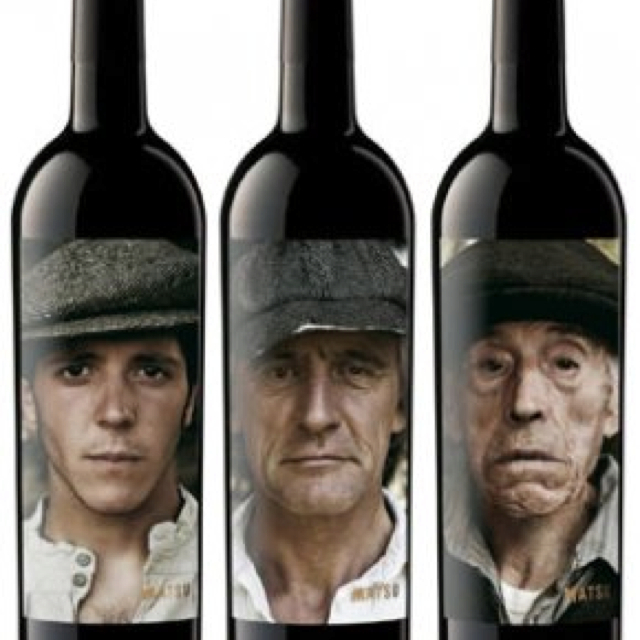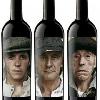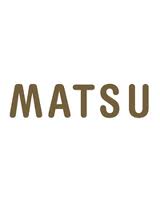Différences entre Vino Joven, Crianza et Reserva
L'une des façons les plus courantes de classer le vin est l'âge: jeune, chêne, vieillissement, réserve.
The wines can be classified according to their age at the time of being labeled and maturing and aging process that followed.
In Spain establishes four categories (for both reds and for whites): young wine, wine aging, reserve wine and wine great reserve. The difference between them lies in the type of aging need to belong to one category or another. It defines a minimum time of aging in barrels and the total minimum time that must be aged (between barrel and bottle). These references made only passing reference to the time the wine aging in the barrel first and then in the bottle, so are not indicative of the quality of wine.
Young wines are wines marketed in their first or second year of life. Typically exceeds the bottle deposits without an intervening period of barrel aging, which makes prime freshness and primary aromas from the grape.
Aged wines are marketed as early in his third year of life. They have a minimum of 24 months aging in the case of the reds and 18 months for whites and rosés. In this period of aging, at least 6 months must be in the barrel, may be the rest of bottle aging before being labeled.
The reserve wines have undergone at least three full years of aging. They have a minimum of 36 months aging in the case of the reds and 24 months for whites and rosés. The minimum period of stay in the barrel increases to 12 months in the case of the reds, although it remains to 6 months for whites and rosés.
Large reserves are produced only in vintages with high quality grapes. They have a minimum of 60 months aging in the case of the reds and 48 months for whites and rosés. The minimum period of stay in the barrel, in the case of the reds, rose to 18 months.
| Type of Wine | Minimum time in barrel | Minimum Barrel + Bottle | Year of sale |
|---|---|---|---|
| Young wine | 0 months | 0 months | First or Second Year |
| Aging wine | 6 months | 24 months | Third year |
| Reserve | 12 months | 36 months | Fourth year |
| Great Reserve | 18 months | 60 months | Sixth year |
| Type of Wine | Minimum time in barrel | Minimum Barrel + Bottle | Year of sale |
|---|---|---|---|
| Young wine | 0 months | 0 months | First or Second Year |
| Aging wine | 6 months | 18 months | Second Year |
| Reserve | 6 months | 25 months | Third year |
| Great Reserve | 6 months | 48 months | Fifth year |
Some wineries believe that these categories are too rigid, and provide periods of wines aged in barrel and bottle aging it considers most appropriate, although in this way have to give up wine label them as young, breeding or reserve.
On the other hand, the regulatory boards of appellations of origin may be more restrictive and increase these aging periods for breeding or appellation of origin.
Enfin, nous vous laissons avec la curieuse initiative que Bodegas Matsu a dû mettre en évidence dans l'étiquetage le type de vieillissement auquel le vin a été soumis:

Images
Bodegas relacionadas
Vinos relacionados
Matsu El Pícaro
Appellation d'origine TORO
Fabriqué à partir de l'agriculture biologique anciennes vignes et sous biodynamie, ce jeune vin de Toro cherche plus calme partie de la Toro Tinta de.
Ver vino








